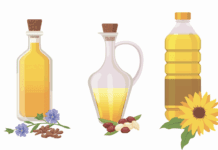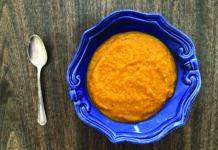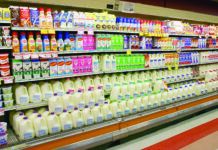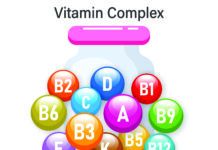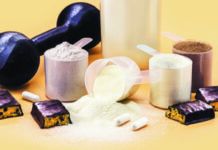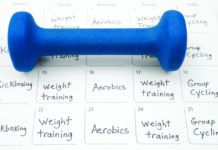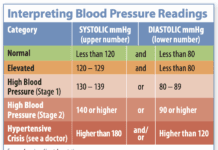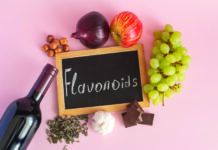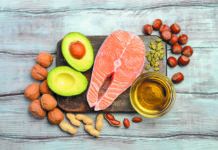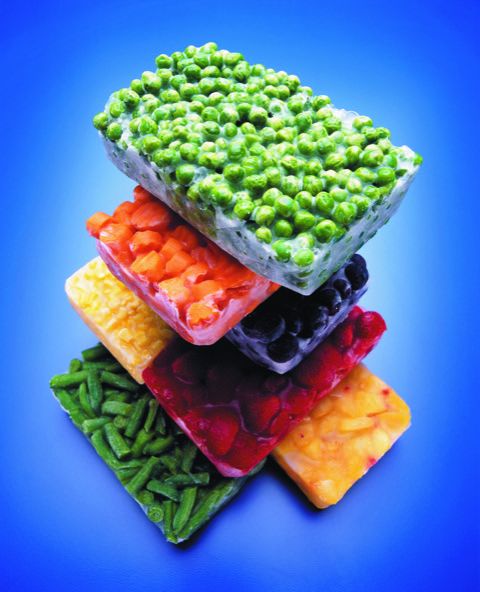It’s a fact: having the right foods on hand makes it more likely you will cook healthy meals at home. Your freezer is an excellent tool for enabling quick, easy, healthy meals. It can also help you reduce food waste, save money, and increase variety.
Vegetables. Nearly all people in the U.S. need to increase their veggie intake, and frozen vegetables can help. Research has shown that frozen vegetables are at least as nutritious as fresh. “They have been allowed to reach peak ripeness,” says Alice H. Lichtenstein, DSc, Gershman Professor of Nutrition at the Friedman School and editor-in-chief of this newsletter, “and they are fast frozen very shortly after harvest, which locks in the nutrients. Plus, they’re already washed, cut up, and ready to add to various dishes.”
➧ Stock Up. Fill your freezer with vegetables, fruits, seafood, single servings of meat and poultry, cooked grains and beans, and meal-sized packages of leftovers for quick meal-prep any time.
➧ Package Properly. Package food well to avoid exposure to air. Choose plastic bags, foil, or plastic containers specified for freezing. Glass containers and mason jars work well, but leave about an inch between the top of the food and the lid or the jar may crack.
➧ Don’t Feel the Burn. Lots of ice crystals or white, dried-out patches on frozen food indicate freezer burn. Freezer-burned food is safe, but the taste and texture may be unpleasant. Wrap foods as tightly as possible before freezing to eliminate as much contact with air as possible.
➧
Bought more fresh vegetables than you can use? Freeze them! Simply blanch in hot water and then freeze in a single layer before putting in a freezer-safe bag or container.
Fresh herbs can be frozen as well. Clean them, chop them, and put them in an ice cube tray with a little water. When the cubes have solidified, transfer them to a freezer-safe bag or container and they’re ready to be dropped into recipes.
Vegetables can go straight from the freezer to the pan (just watch for splashing when condensation on the frozen food hits hot oil in the pan). From side dishes and pasta toppings to stir-fries, soups, and casseroles, frozen vegetables are a great choice. “If you have bad memories of frozen vegetables from childhood, try them again,” says Lichtenstein. “Food scientists have learned a lot about how best to preserve quality when freezing.”
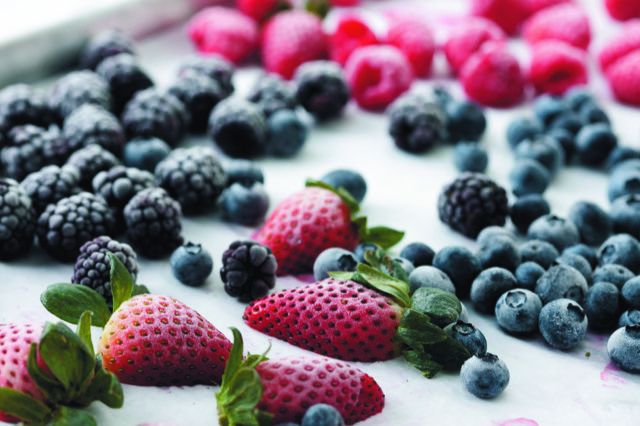
Extra fruit? Wash it, dry it, cut it, freeze it flat, and then package in freezer-safe bags or containers.
Fruits. Like vegetables, frozen fruits are at least as nutritious as fresh. They are often less expensive, are ready to use, and cut down on the wasted food and money that results from spoilage.
You’re sure to find plenty of uses for frozen fruit. Puree frozen fruits with a splash of liquid, milk, or yogurt for a refreshing smoothie. Simmer them over a low heat to make a fruit sauce. Thaw them to stir into yogurt, oatmeal, or salsa (try thawed diced mango or pineapple and some black beans). Blueberries, grapes, and sliced bananas can be eaten straight from the freezer as a cool treat.
Protein Foods. If you are trying to throw together a quick meal, a solid block of frozen meat, fish or chicken is not an option. “If you freeze chicken breasts, seafood, or filets of fish flat in individual portions, they will thaw in tap water in about 15 minutes,” says Lichtenstein. To prepare for making quick stir-fries, thinly slice chicken, pieces of fish, or lean meat before freezing, and spread them out to freeze. Then move to a freezer-safe bag or container. These pieces can go straight into a stir-fry, casserole, soup, or other dish.
Don’t forget beans and lentils as a protein option. If you prefer dried beans to canned, cook a large batch and freeze in small portions for later use.
Grains and Mixed Dishes. Whole grains are a healthy, tasty, versatile choice, but they take time to cook. Make a batch, let it cool, and freeze in sandwich or quart-sized freezer bags. “I simply toss the bag into a pot of lukewarm water to thaw,” says Lichtenstein, “or you can transfer the grains to a bowl and briefly microwave them.”
Breads and rolls also freeze and thaw well, as do mixed dishes like quiches, casseroles, stews, and soups. A few foods, including cheese, yogurt, produce intended for salads, and raw potatoes, do not do well in the freezer. For nearly everything else, the freezer is the ideal place to find ingredients for quick, easy, healthy meals.

